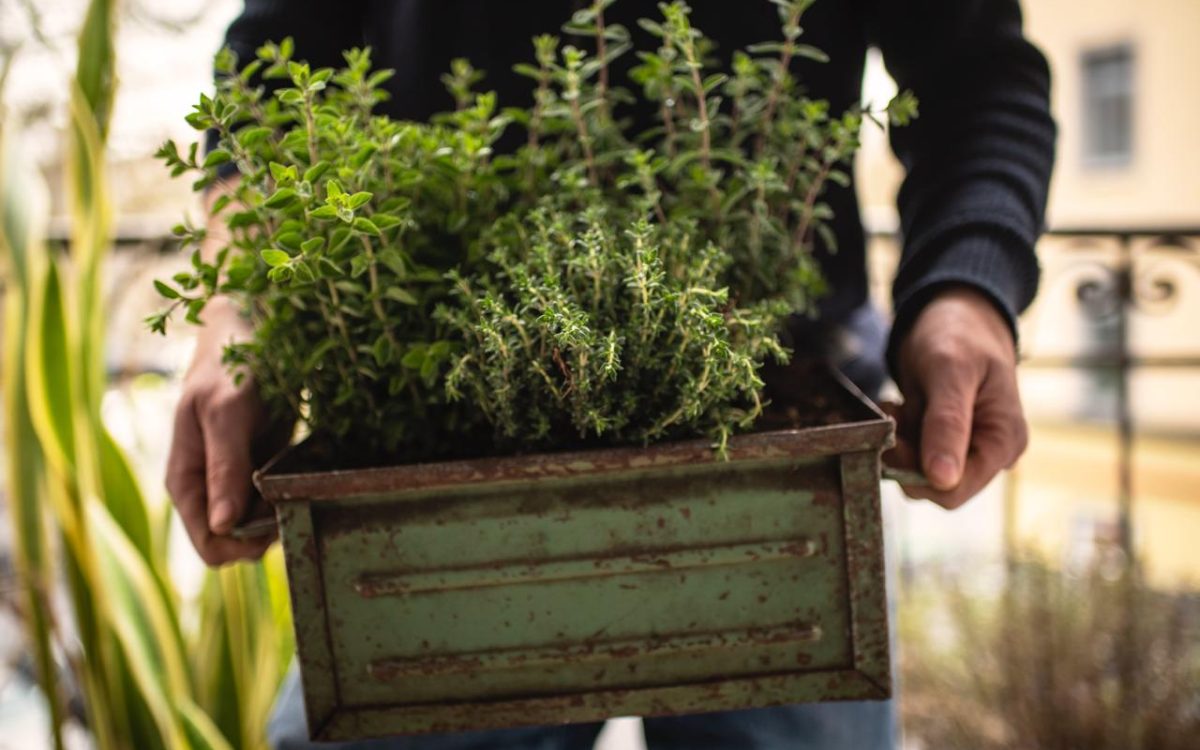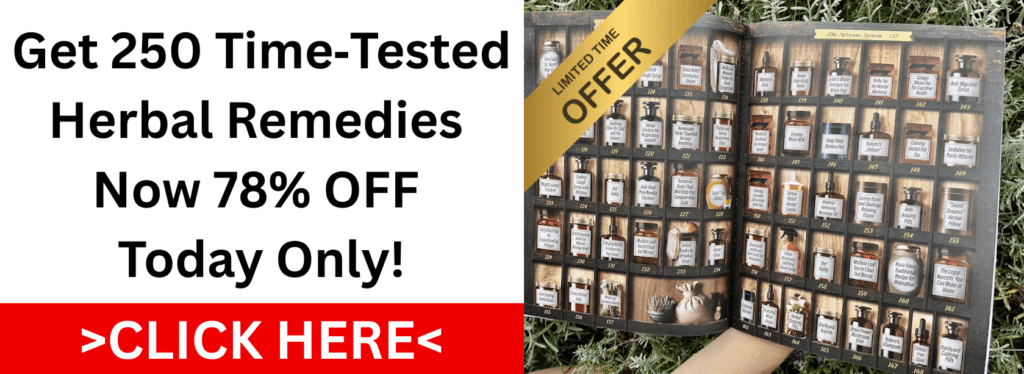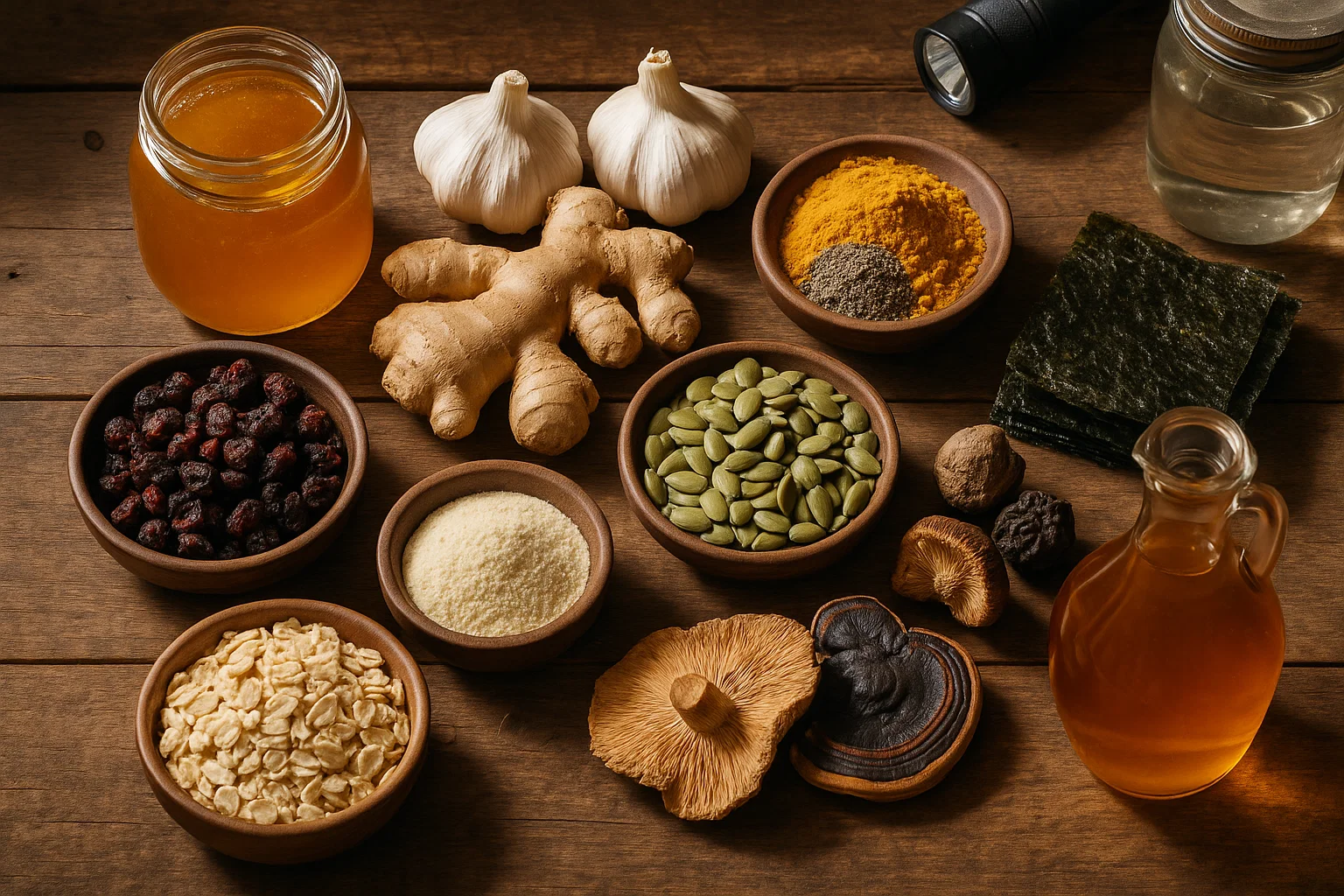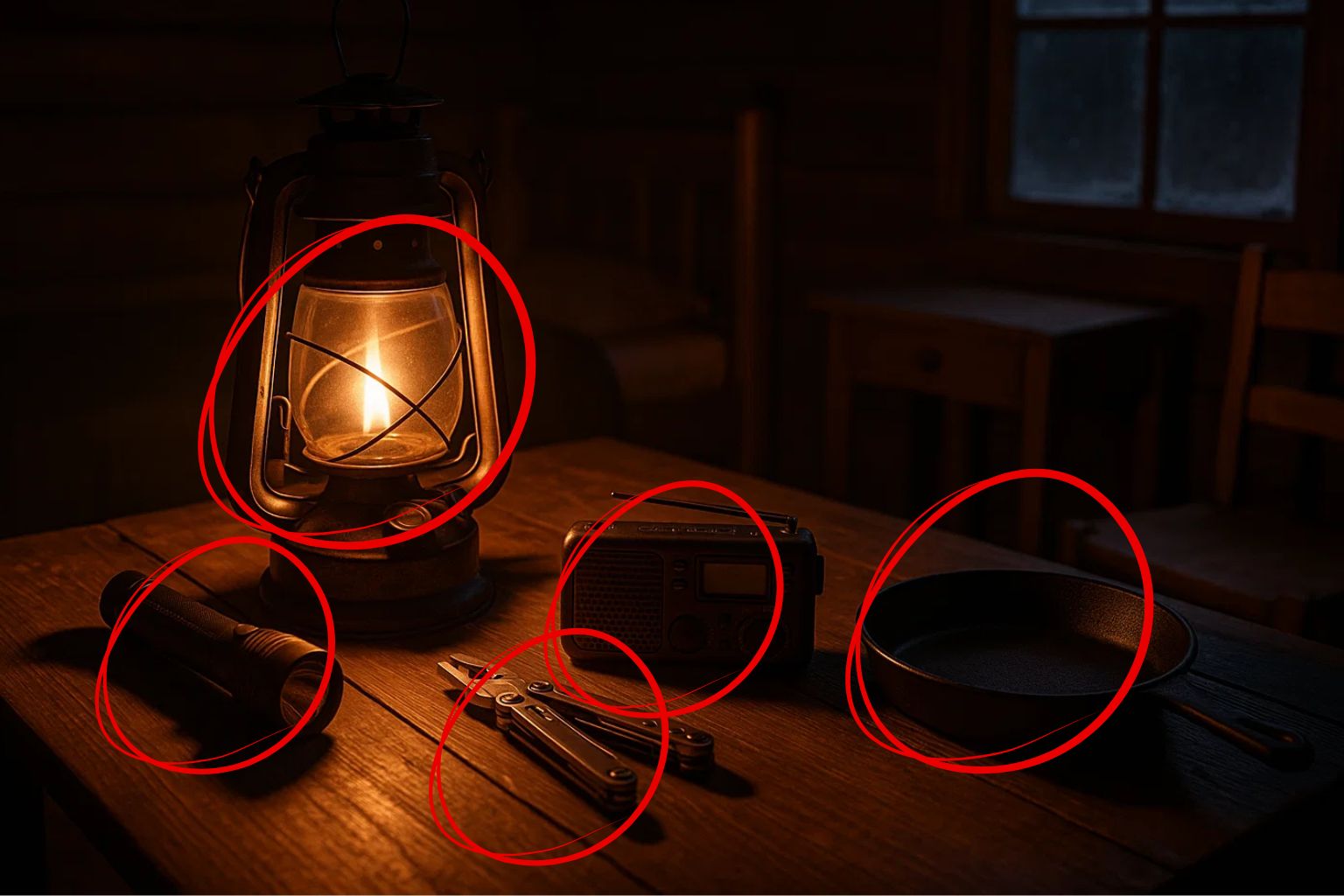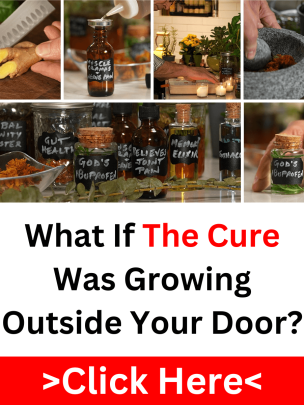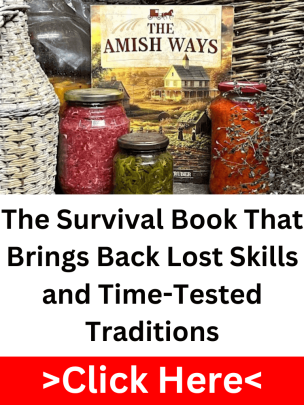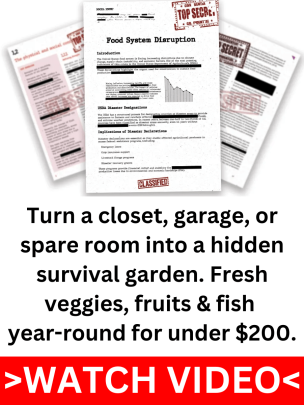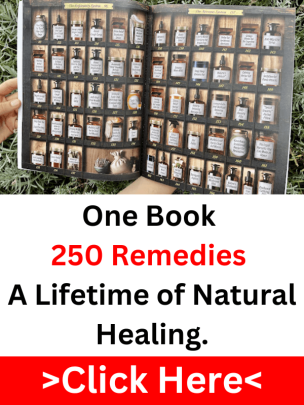When pharmacies shut their doors and shelves are stripped clean, most folks will be left scrambling for answers. But the ones who planned ahead won’t be standing in line or begging for prescriptions, they’ll be walking into their backyard. Because when things fall apart, your garden isn’t just a food source anymore, it becomes your medicine cabinet. And knowing what to plant now could make all the difference when everything else is gone.
These aren’t decorative herbs for some windowsill tea, they’re medicinal plants for survival. Real tools for crisis situations. The kind that help with infection, pain, bleeding, anxiety, even wound care, when modern medicine isn’t an option. If there was ever a time to get serious about what’s growing outside your door, it’s now. The sooner you plant them, the better your chances when a real emergency hits.
Wild Lettuce
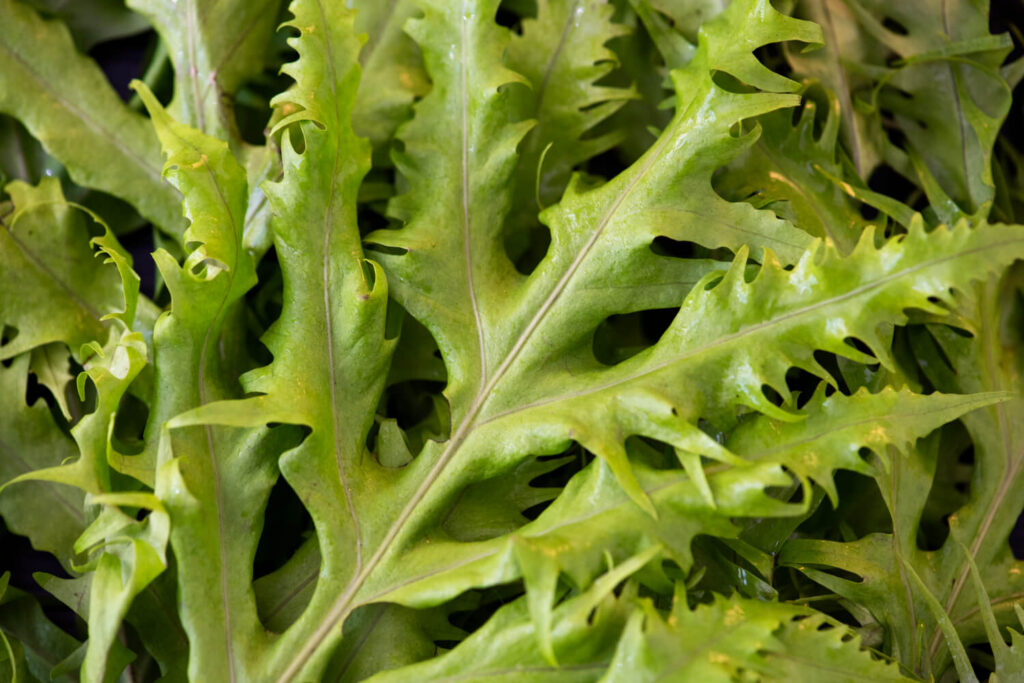
Most people have never heard of wild lettuce, but in a survival situation, it might be one of the most valuable medicinal plants for survival you can grow. Nicknamed “opium lettuce” (even though it contains zero opiates), this tall, leafy plant has a long history of being used to dull pain, the kind of pain you’d normally reach for Tylenol, ibuprofen, or even prescription meds to handle. But when the pharmacy’s closed and the medicine cabinet’s empty, wild lettuce can step in.
What makes it so valuable is the thick white sap inside the stem and leaves. That sap contains natural compounds like lactucin and lactucopicrin, both known for their pain-relieving and sedative effects. In a grid-down scenario, that could mean relief from back pain, toothaches, headaches, or muscle spasms, without needing a single pill. It’s not as strong as morphine, but for minor to moderate pain, it can be a game-changer.
Wild lettuce is hardy, grows well in most U.S. climates, and doesn’t need much attention once it’s established. And while you might not think you need it now, pain has a way of showing up when you least expect it, especially when stress, injury, or hard manual labor becomes a daily reality. Having this herbal pain relief plant growing in your yard could be the difference between pushing through or being sidelined when things go south.
Prunella Vulgaris
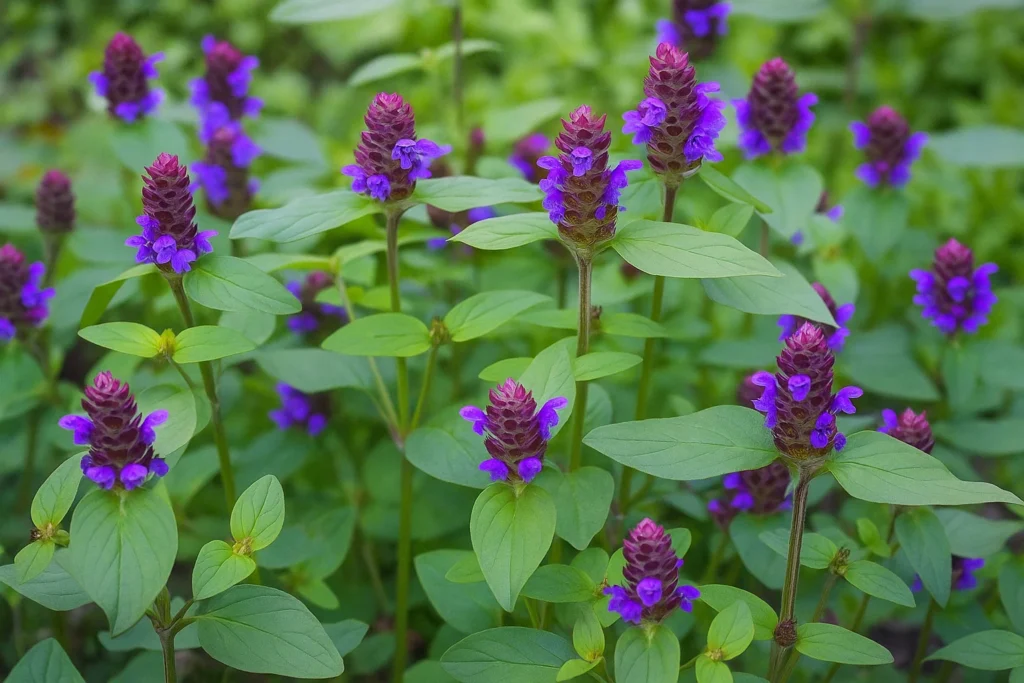
In normal times, a small cut is no big deal. You rinse it, bandage it, maybe throw on some ointment. But when antibiotics are gone and hospitals are overwhelmed or unreachable, even a minor scrape can spiral into something deadly. That’s where Self-Heal steps in, a low-growing plant with a name that says it all.
Also known as Prunella vulgaris, Self-Heal has powerful antibacterial and antiviral properties that help the body fight off infection naturally. It’s been used for generations to treat everything from infected wounds to sore throats and swollen glands. In a crisis, where sterilized tools and clean clinics are no longer guaranteed, this is one of the plants that help during a crisis, quietly doing its job where modern meds would usually take over.
The good news? It’s easy to use and even easier to grow. You can dry the leaves and brew them into a tea to help with internal infections, or turn it into a poultice to press directly onto wounds. Self-Heal can also be infused into oil and applied like a homemade antibiotic ointment. For preppers who believe in treating problems before they spread, this plant earns its place in any backyard apothecary.
And here’s the kicker, it spreads like crazy. Once it’s in your yard or garden bed, it’ll keep coming back, stronger each season. Some folks even find it popping up in their lawn without trying. In a world where real medicine may be limited, having something like Self-Heal growing wild and free could be a silent lifesaver.
Skullcap
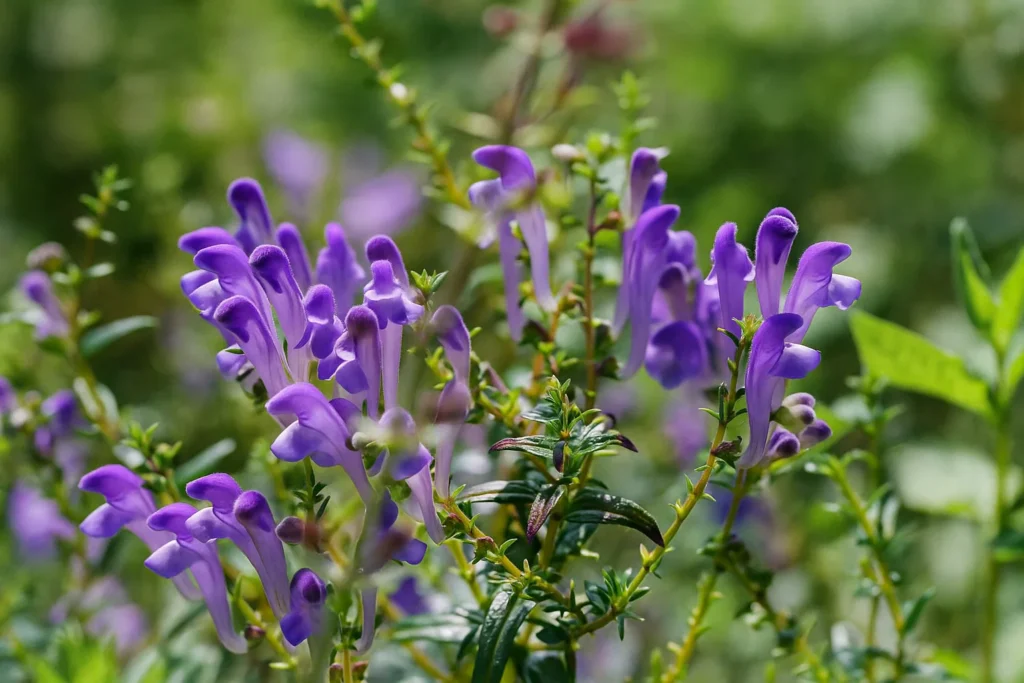
Stress wears on you in ways you don’t always notice, until it hits all at once. Maybe it’s the third night without decent sleep. Maybe it’s the moment you realize you’re snapping at people over nothing. In survival mode, that kind of tension can build fast. That’s where skullcap comes in. It’s not some trendy health thing, it’s a plant that helps you stay grounded when the world around you isn’t.
American skullcap (Scutellaria lateriflora) has been used for generations to calm the nerves without leaving you foggy. Most folks use it as a tea when they’re feeling wired or can’t shut their mind off at night. It won’t put you to sleep like a sedative, but it takes the edge off just enough so you can breathe, think clearly, and get back to being level-headed. And when you’re dealing with the kind of stress that doesn’t let up, that’s just as important as having food on the shelf or clean water in a jug.
Yarrow
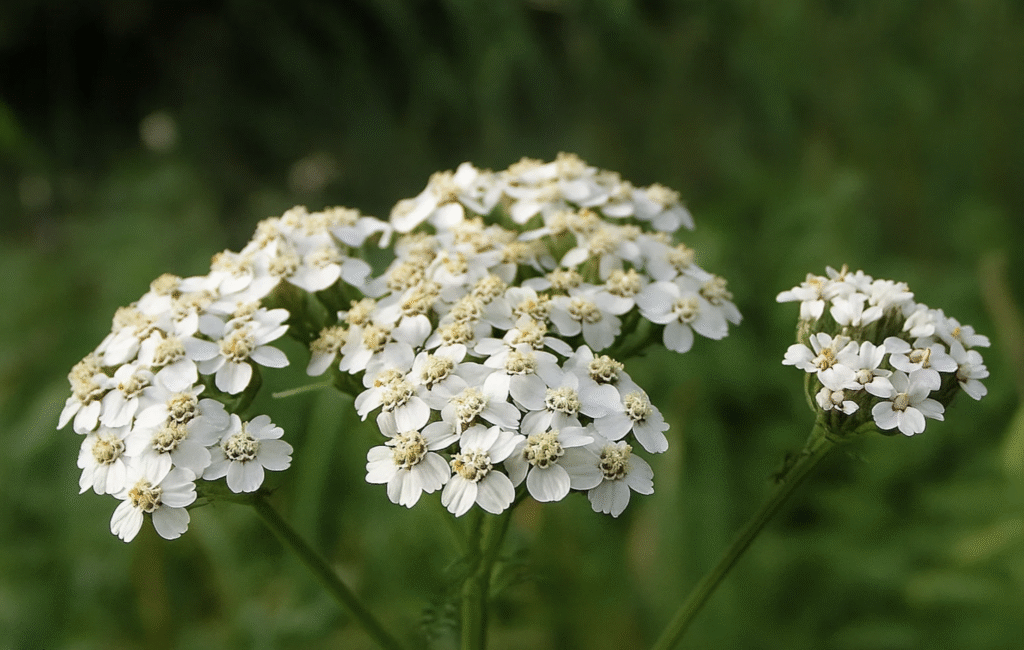
If you’re building a true survival garden, yarrow deserves a permanent spot. This plant’s been used for centuries, from ancient Greece to Civil War battlefields, to stop bleeding fast and fight off infection. Soldiers once packed it directly into open wounds, and for good reason: yarrow helps constrict blood vessels and encourages clotting while also reducing inflammation. In a world without hospitals, that’s as real as first aid gets.
Yarrow grows easily in most climates, spreads on its own, and doesn’t need much care. You can use it fresh in the field or dry it for long-term storage. Even the flowers are useful, and every part of the plant has medicinal value. It’s one of the few natural tools that covers both trauma and infection risk, which is why preppers serious about wound care rely on it.
Whether you’re dealing with a deep cut in the woods or a nasty scrape during a bug-out, yarrow for bleeding control prepping isn’t just a nice idea, it’s a critical backup plan. And when emergency rooms are hours away, or not an option at all, it could be the thing that keeps you or someone you care about alive.
Calendula
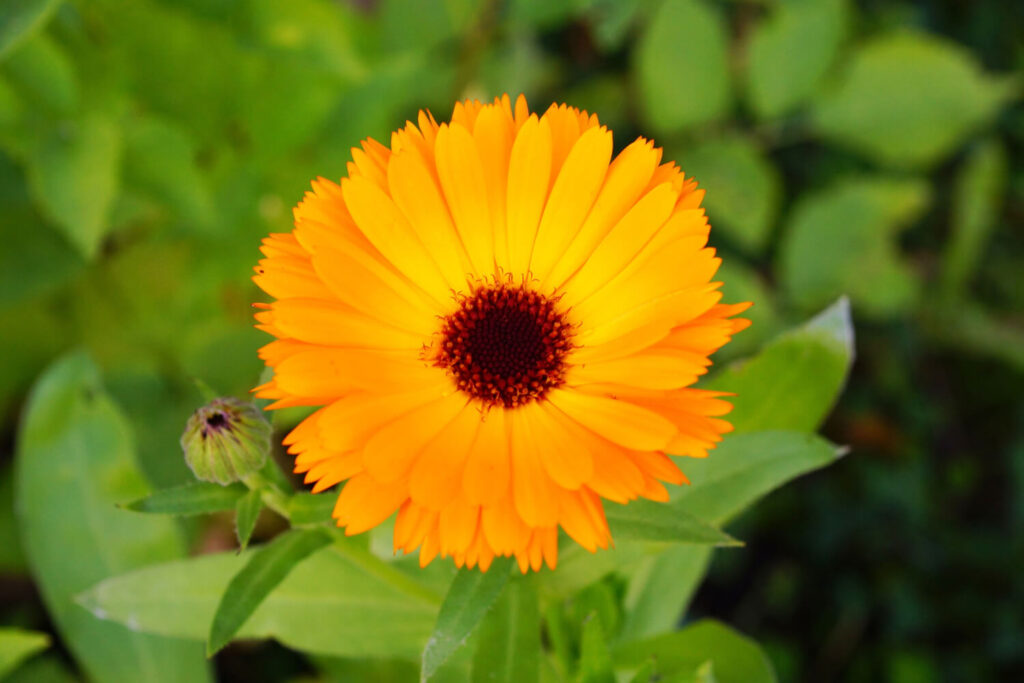
Out in the real world, no clean water, no soap, no antibiotics, something as small as a rash or a scraped elbow can turn into a real problem fast. That’s why calendula isn’t just a pretty flower to stick in a tea blend. It’s one of the most underrated medicinal plants for survival, especially when it comes to keeping your skin from becoming a liability.
Calendula’s got natural antifungal, antibacterial, and anti-inflammatory power packed into those bright orange petals. Preppers have been using it for years to handle burns, irritated skin, cuts, and even minor infections. When everything’s dirty and you don’t have the luxury of a sterile bathroom cabinet, a jar of calendula-infused oil or homemade salve can go a long way.
What makes it even better? It’s almost too easy to grow. Throw some seeds in a pot or garden bed, and it’ll take off on its own. It doesn’t need much attention, and once it’s established, it comes back season after season. A couple plants can keep you stocked with blossoms to dry and stash for later.
Most folks think of food first when it comes to prepping a garden. But truth is, growing medicinal plants for emergencies matters just as much. Calendula proves that, small plant, big payoff. And in a real crisis, it might just save your skin, literally.
What’s Inside The Forgotten Home Apothecary (Now 78% Off)
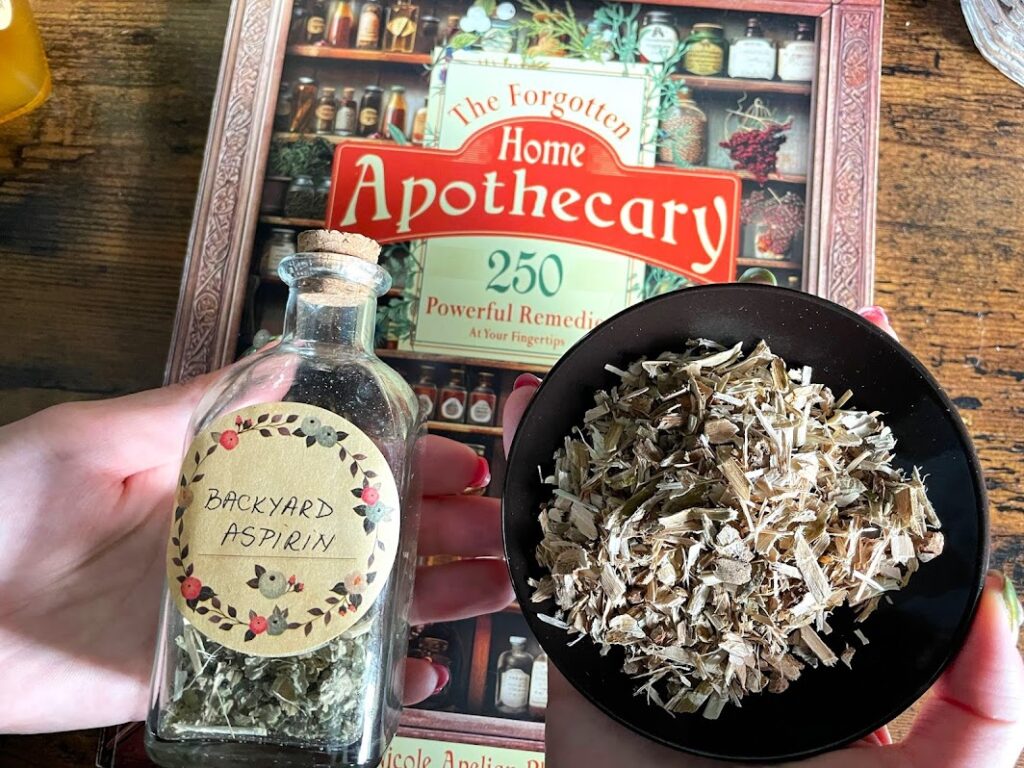
Growing the right plants is one thing. But knowing how to turn them into actual medicine? That’s a whole different skill set, and it’s exactly what The Forgotten Home Apothecary teaches. This guide was designed for regular people, not herbalists or professionals. It walks you through how to take medicinal plants for survival and turn them into working remedies you can rely on when the grid is down and the drugstore is long gone.
Inside, you’ll find simple, practical instructions for making tinctures, salves, oils, poultices, and even immune boosters, all from plants you can grow yourself or find in the wild. There are over 50 recipes, including pain-relieving creams, natural antibiotics, sleep remedies, and infection fighters. You’ll also learn how to preserve your medicines properly without electricity, so they last when you need them most.
What makes this book stand out is how clearly everything is explained. No technical jargon. No fluff. Just plain language and step-by-step photos that show you exactly what to do, even if you’ve never made a remedy in your life. Whether you’re just getting started or already growing herbs, this guide helps take your knowledge to the next level.
Right now, it’s available for 78% off, but that discount may not last. If you’re serious about building a self-reliant medical setup, this might be the smartest prepping resource you can add to your shelf. And when medicine becomes hard to find… you’ll be glad you did.
In a real crisis, it’s not always the big things that fail first, sometimes, it’s the little ones that bring everything down. A cut that gets infected. A fever that won’t break. A night without sleep when you needed to be sharp. That’s why these five plants aren’t just “nice to have”, they’re must-haves for anyone serious about being prepared.
Whether you’ve got a full homestead or just a few containers on the porch, now’s the time to start growing your own medicinal plants for survival. The sooner they’re in the ground, the sooner they’ll be ready when you need them. Because in the kind of world we’re heading toward, the ones who can heal themselves will be the ones who stay standing.

